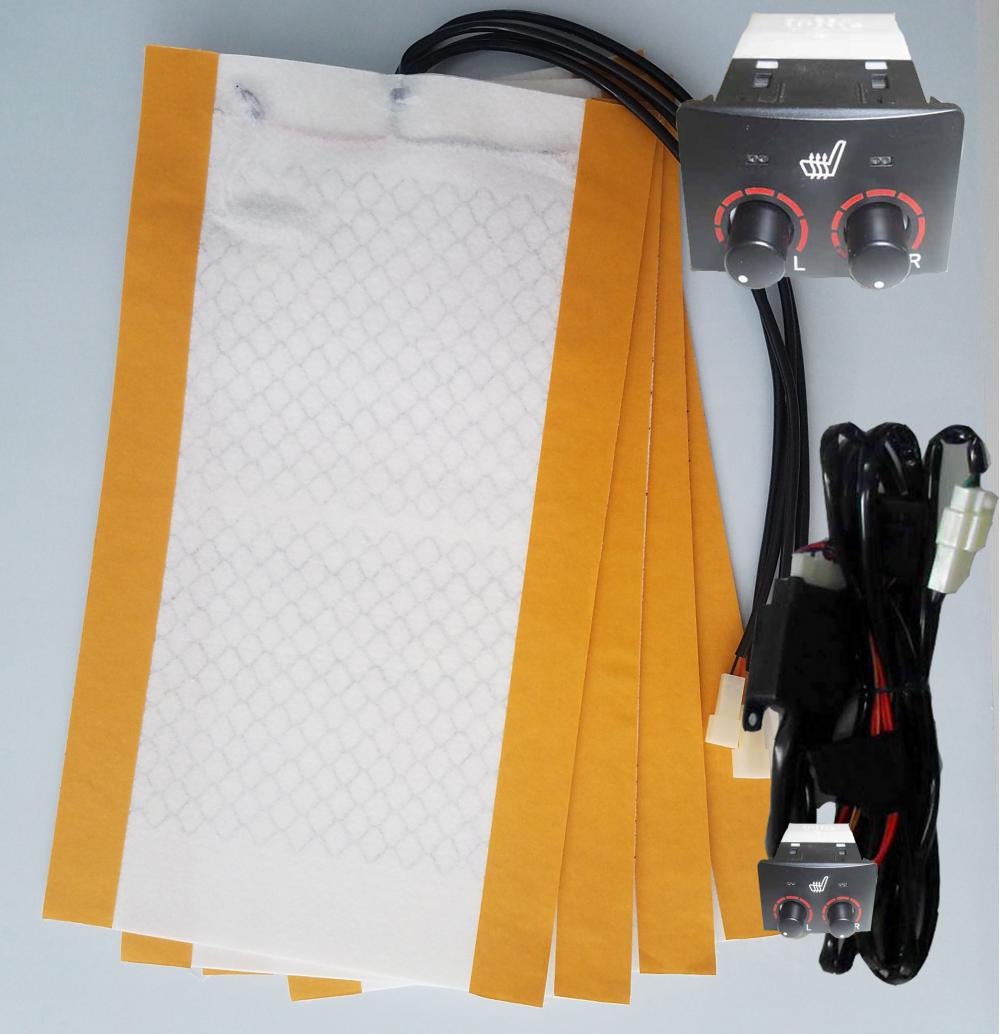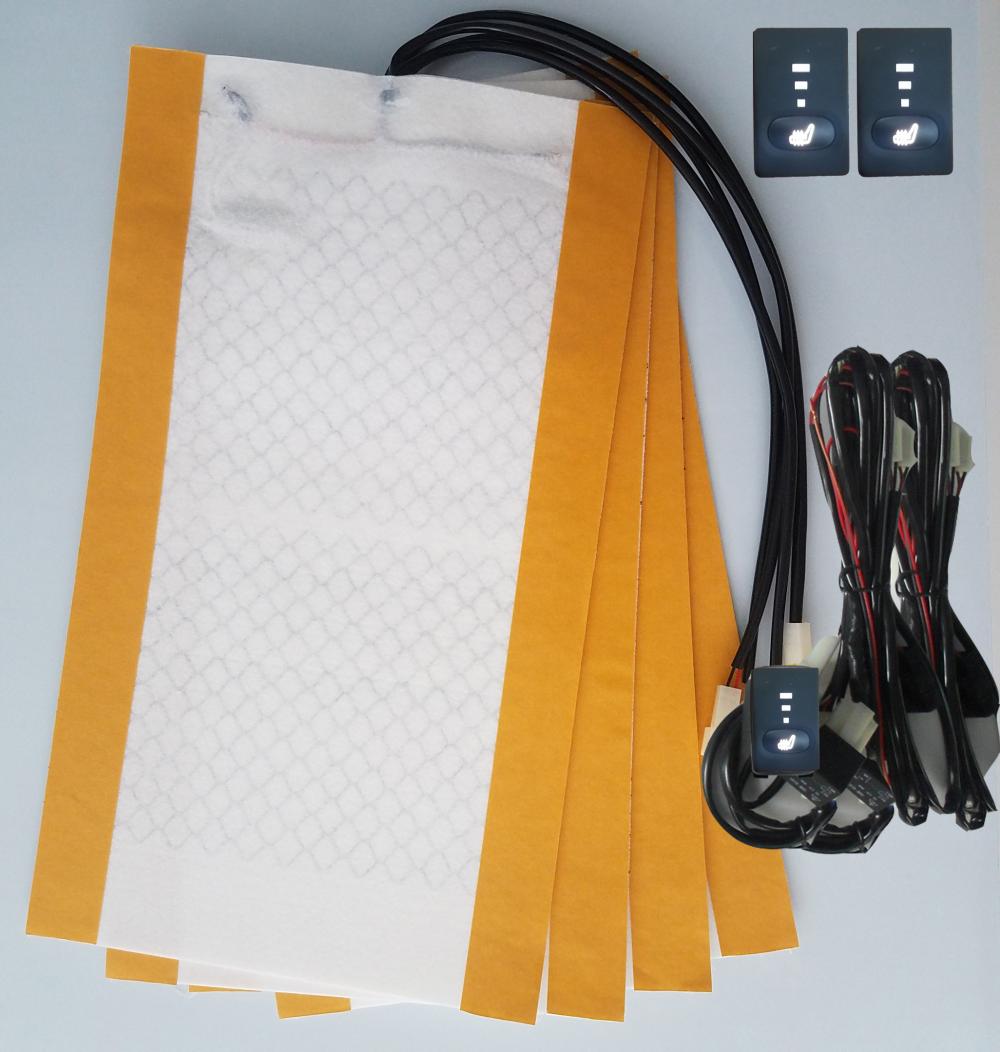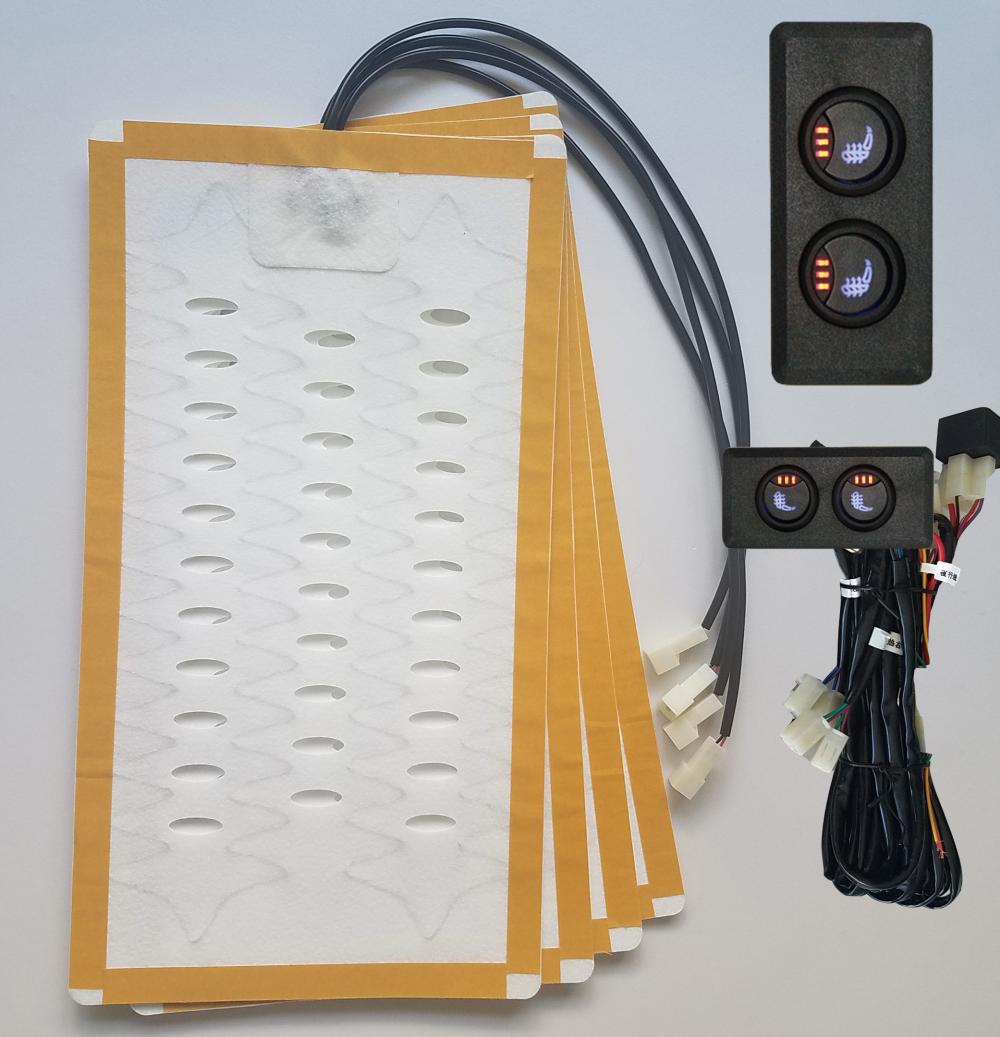Multi-channel rapid pesticide detector
2024-03-18 09:07:10
1 Introduction
With the improvement of people’s living standards, people’s sights have shifted from “eat full†to “safe for eating, rest assured to eat,†and the degree of emphasis on food safety has increased. Among them, pesticide residues in foods are increasingly becoming the focus of attention. In order to protect the health of consumers, China's mandatory standards for pesticide residues GB2763-2005 "Maximum Residue Limits of Pesticides in Foods" has also made clear provisions for pesticide residues. Pesticides are indispensable means of production in modern agricultural production and play an important role in the prevention of pests and diseases, ensuring high yields of crops, and stable production. However, pesticides are also a double-edged sword. While creating value for the society, they also cause some harm to society. Excessive spraying of pesticides and vegetables or fruits that are not applied during safe intervals or during harvested during safe periods may cause large amounts of pesticide residues in vegetables, fruits, and other foods. The long-term consumption of such foods will cause the accumulation of pesticides in the human body and cause poisoning. At the same time, the spraying of large quantities of pesticides also causes environmental pollution and destroys ecological balance.
As a large agricultural country, China is also a big country in the production and consumption of pesticides. The total annual output of pesticides in China has exceeded 300,000 tons, and it is located in the forefront of the world. According to the structure of pesticides, pesticides can be divided into: organic chlorine, organic phosphorus, carbamate, triazine herbicides and other pesticides. Among them, organophosphorus and carbamate pesticides are currently the most used pesticides in China, accounting for 70% of the total use of pesticides, and are often sprayed on the surfaces of vegetables and fruits and are easily ingested by people. High levels of organophosphorus pesticides can cause acute poisoning events. Long-term intake of low-level pesticides can also cause nerve conduction disturbances, nerve palsy, and even death. At present, the nationally recommended detection methods are gas chromatography, liquid chromatography, gas chromatography-mass spectrometry, and liquid chromatography-mass spectrometry. The instruments used in the above methods are high-precision instruments, and the acquisition and maintenance costs are relatively high. Special technicians are required to perform the operations. For China, which has a vast area and a rich variety of crops, the detection of pesticide residues using the above-mentioned instruments is incompetent. Some small instruments are also favored by laboratory personnel, such as soil testing instruments or soil nutrient analyzers. The soil tester measures the content of nitrogen and phosphorus in the soil and can infer the amount of fertilizer. Therefore, the establishment of a rapid pesticide residue detector based on rapid detection technology of pesticide residues to detect pesticide residues in fruits and vegetables is a powerful weapon to protect the market access system.
2 Principles, Characteristics and Classification of Pesticide Residue Rapid Detector
2.1 rapid detection methods for pesticide residues - enzyme inhibition rate method
The enzyme inhibition rate method is a biotechnology established using the toxicological properties of organic phosphorus and carbamate pesticides. Organophosphorus and carbamate pesticides can specifically inhibit acetylcholinesterase in insects, causing the accumulation of neurotransmitter acetylcholine in insects, resulting in the disorder of insect nerve function and even death. According to the specific response of organophosphorus and carbamate pesticides to acetylcholinesterase (which is the reason that this method can only measure organophosphorus and carbamate pesticides), Acetylcholinesterase is added to pesticide extracts. (AchE), substrate (thioacetylcholine, ATCh) and coloring solution (dithiodinitrobenzoic acid, DTNB), according to the kinetic curve of the reaction to determine the organophosphorus and carbamate pesticides in the sample Residues. Its reaction formula is:
From the reaction formula, it can be seen that the more pesticide residues, the greater the degree of inhibition of acetylcholinesterase, and thus the less yellow compounds are produced, whereas the more yellow compounds are formed. The type and quality of the enzyme in the entire reaction system are the key factors that determine the detection sensitivity. Animal acetylcholinesterase has the strongest specific response to organophosphorus and carbamate pesticides. It has high sensitivity and low interference, but it cannot be prepared in large quantities at home and can only be purchased from abroad. Butyrylcholinesterases of animals and plant-derived plant esterases are widely sourced and inexpensive, but they have low sensitivity and are susceptible to interference.
2.2 Characteristics of pesticide residue rapid detector
The pesticide residue detection instrument is designed to detect pesticide residues in foods such as fruits and vegetables on site, quickly, accurately, and conveniently, and provides powerful technical means for the supervision of fruits and vegetables. Therefore, the instrument itself should have the following characteristics:
(1) Accurate measurement and lower detection limit;
(2) Not affected by the location of the survey and the environment;
(3) Not limited to the laboratory, should be applicable to field operations or mobile vehicles;
(4) Simple operation, non-professionals can also operate;
(5) The instrument structure should be modularized and even fully solidified. When used, it should not be disturbed by the external environment and even be “free of maintenanceâ€.
2.3 Classification of rapid pesticide detectors
At present, there are two kinds of detection instruments for pesticide residue on the market, one is a pesticide residue rapid detection instrument, and the other is a rapid pesticide residue detection instrument. Commercially available rapid detectors for pesticide residue detection are mostly established based on the enzyme inhibition rate method. The enzyme inhibition rate method is essentially evaluating the toxicity of pesticides. Even if the concentration of pesticides (such as dichlorvos and methamidophos) is the same, the inhibitory effect on enzymes is different, so the author prefers the second method. Pesticide residue rapid detection instrument according to the type of channel is divided into: single-channel and multi-channel; according to the type of instrument is divided into: array type and scanning type; from the monochrome device is divided into: solid-state light-emitting devices, filters and grating type. The rapid detection instrument for pesticide residues consists of a light source system, a spectroscopic system, a culture color system, a detection system, and a kit that is matched with the instrument. Taking the GDYN-308S pesticide residue detector as an example, the instrument consists of an ultra-high brightness silicon light source, an integrated colorimetric colorimetric cell, an integrated photoelectric sensor, a temperature sensor, a microprocessor, and a printer. The instrument is multi-channel, arrayed. Solid-state light-emitting device pesticide residue detector. Ultra-bright silicon photodiodes both as a light source and a monochromator, the service life of up to 100,000 h. The instrument adopts a modular design, with 8 detection channels and adopts an array detection method. The enzyme reagents in the kit are imported reagents and use double protection technology to ensure the accuracy and sensitivity of the measurement. There is also a scanner, a filter, and a grating type pesticide residue detector on the market, mainly composed of a tungsten lamp, a filter (or a grating), a detector, and the like. Compared with ultra-bright silicon photodiodes, tungsten lamps are expensive and have a short lifetime as light sources. At the same time, there is a need to increase the light splitting system. It is very easy to damage the optical system of the instrument when moving the instrument back and forth. Therefore, this type of instrument has a higher cost of purchase and maintenance than a solid-state light-emitting device type detection instrument and has poor applicability in the field or in a mobile vehicle.
3 Analysis steps of pesticide residue detector
Take the GDYN-308S pesticide residue detector as an example to introduce the analysis steps of the pesticide residue detector.
3.1 Instruments
GDYN-308S pesticide residue detector, GDYQ-701S sample extractor, portable electronic scales, and other accessories (attached to pesticide residue detection box).
3.2 Reagents
(1) Pesticide Reagent 1
Pour pesticide residue 1 solid reagent into 500mL plastic square bottle, then add 500mL distilled water (or purified water) to dissolve and shake (or dilute to the mark line indicated by 500mL plastic square bottle label with distilled water to make it fully Dissolving and shaking) can be used.
(2) Pesticide Reagent 2
The tip of the pesticide residue 2 vacuum glass bottle (solute) was scratched and opened with a small grinding wheel, and the long needle carried with the syringe was mounted on a 1 mL syringe. The 1 mL syringe was used to take out the entire solution from the bottle and inject it with the label. Pesticide Reagent 2 in plastic drops J, then pesticide residues
2 The tip of the plastic pipette (solvent) is cut open, and the solution in the plastic pipette is completely dropped into the plastic drop J marked with the pesticide residue 2 . Then cover the dropper cap and shake it for use. (Before the vacuum glass bottle and the plastic dropper, transfer the solution at the tip of the glass to the fingertip and then open and cut it. Transfer the mixture and then repeatedly rinse the vacuum glass bottle with the mixture. Plastic dropper and syringe inner wall 2 times).
(3) Residual pesticides 3
Cut the pesticide residue 3 plastic dropper and wash all the solid reagents in the dropper into a 25 mL plastic square bottle solution marked with pesticide residue 3, tightly cap the bottle, and shake it to fully dissolve and mix. use.
(4) Pesticide Reagent 4
Cut the pesticide residue 4 plastic dropper and wash the solid reagent in the dropper into the 25mL plastic square bottle solution marked with pesticide residue 4. Close the bottle cap and shake it to fully dissolve and mix. use.
(5) Organophosphorus and carbamate pesticide standards.
(6) Deionized or distilled water.
3.3 Operational flow
The analysis steps of the rapid detection instrument for pesticide residues mainly include the extraction, cultivation, coloration, and measurement of pesticides, as shown in Figure 1.
Step 1: Weigh the sample with a representative sample of 2.0g in a sample extraction bottle with a random electronic sensor with a volume of 0.01g, and add ultrasonic extraction in a GDYQ-701S sample extractor for 3 min.
Step 2: Take the extracted reagents, add reagents 2, reagents 3, cultured in GDYN-308S pesticide residue detector for 10 min;
Step 3: Add reagent 100 μL and develop color in GDYN-308S pesticide residue detector for 3 min.
Step 4: The instrument automatically gives the inhibitory rate of acetylcholinesterase to the pesticide residues in the sample based on the enzyme kinetic curve recorded by itself.
3.4 Experimental results
3.4.1 Sensitivity of Pesticide Residue Detector and Random Reagent Reagents The detected concentrations of various pesticides under different inhibition rates were examined, as shown in Table 1. From Table 1, we can see that GDYN-308S pesticide residue detector detection limit for a variety of pesticides in full compliance with GB/T5009.199-2003 vegetable organophosphorus and carbamate pesticide residues in the rapid detection - enzyme inhibition rate method ( Spectrophotometric) Technical Specifications.
3.4.2 Consistency of Pesticide Residue Rapid Detector Channel Consistency The GDYN-308S pesticide residue detection instrument methamidophos standard product was examined for the consistency of each channel under different inhibition rates. The results are shown in Table 2. From Table 2, we can see that there is good consistency between the channels of the instrument.
3.4.3 Reproducibility of Rapid Detection Instrument for Pesticide Residues Methamidophos standard solution was used as the sample to be tested. The repeatability of the measurement was measured at an inhibition rate of 60%. The average value of the calculation for the 11 times was 60.4%. The relative standard deviation was 1.3%.
3.4.4 Detection of actual samples
Sampling test of commercially available vegetables, and detection inhibition rate ≥ sampling (2.0g) extraction (3min) culture (10min) color development (3min) test results
Reagent 1 10.0 mL
Reagent 2, Reagent 3 Take the supernatant 1.00 mL Each 100 μL Reagent 4 100 μL
GDYN-308S pesticide residue detector completes 50% of 30 samples for re-examination by gas chromatography. The results showed that for 30 samples, the coincidence rate between the detection results of the GDYN-308S pesticide residue detector and the gas chromatographic results was 86.6%.
4 Application of pesticide residue detector
4.1 Headland
China has a vast area, and there are many kinds of agricultural and sideline products. There are few large-scale bases for vegetable production, and production is mainly based on small farmers. Farmers are not very familiar with how to choose the type of pesticides, the reasonable amount of pesticides applied, the frequency of pesticide application, and the safety interval of pesticides, and it is easy to cause the pesticide residues to exceed the national limit standards. During the “Year of Quality and Safety†campaign, provinces, cities, and regions actively procured pesticide residue detectors to ensure the quality and safety of vegetables. For example: Shouguang City, Shandong Province, purchased more than 500 sets of GDYN-308S pesticide residue detectors for farmers, helping large planters establish a vegetable safety laboratory to ensure that pesticide residues in vegetables do not exceed the standard. This measure has been well received by farmers. Farmers no longer worry that their hard-to-vegetable vegetables will be returned due to excessive pesticide residues. On the contrary, the price of vegetables to control pesticide residues has greatly increased, and farmers feel that they have benefited.
4.2 Farmers' markets, supermarkets, and other farmer's markets and supermarkets are the trading platforms for vegetables entering consumers. The quality of vegetables purchased and sold directly affects the health of consumers. While improving the market access system, the rapid detection instrument for pesticide residues can be said to provide a strong technical guarantee for its implementation. At present, in the major supermarkets and farmers' markets, they have established their own small laboratory for rapid food safety testing, equipped with a rapid pesticide detector, which effectively ensures the quality and safety of vegetables and fruits.
4.3 Law Enforcement
Due to its simple operation, fast detection speed, and suitable for on-site use, the Rapid Detection Instrument for Pesticide Residues is widely used in law enforcement agencies such as the Bureau of Industry and Commerce, the Technical Supervision Bureau Inspection Brigade, and health and disease control. Pesticide residue rapid detection instrument can be deployed in food safety inspection vehicles, transfer laboratories to the scene, and can be flow tested in various types of farmers' markets, specialty wholesale markets, supermarkets, non-staple food malls, hotels and other places, and truly achieve pesticide residues in the circulation field. Dynamic supervision.
5 Summary
The multi-channel pesticide residue detection instrument (taking the GDYN-308S pesticide residue detector as an example) has the detection sensitivity and accuracy in full compliance with the technical specifications specified in GB/T 5009.199-2003, with good consistency and repetition among channels. Sex. In view of the instrument's rapid detection, easy operation, and accurate measurement, it is particularly suitable for first-line monitoring personnel in field heads, farmers' markets, and supermarkets. This technology has broken through the limitations of laboratory testing, and the sample does not need to be transported, thus realizing rapid on-site inspection.
For great comfort, check out for a heated seat made from a quality cushion pad. This is a great selection made from the best quality of cushion material and finished in durable leather for long-term use. Secondly, the unit also has a manual on/off switch control so that you can easily control the temperature to suit your needs. In addition to this, it is a versatile heated seat that you can use in the car, office or home.
The simple and stylish design of the seat allows for easy and quick installation. It is a 12V seat that hears relatively faster to keep you warm.


Heated Pad,Car Heated Pad,Heated Seat 12V,Car Carbon Fiber Pad
JiLin Province Debang Auto Electric Co.,Ltd. , https://www.dbatelectric.com